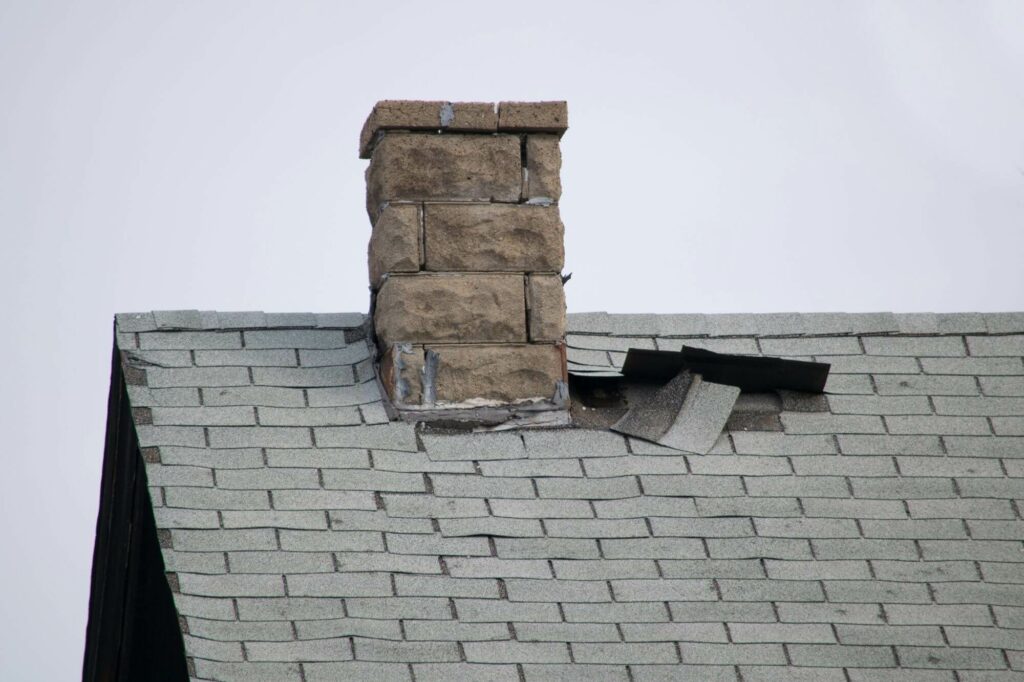Riverside, California, with its beautiful climate and stunning landscapes, is not immune to the occasional storm or severe weather event. When a storm hits, your roof can be vulnerable to damage from strong winds, heavy rain, and flying debris. After the storm has passed, it’s essential to inspect your roof for any potential damage to prevent further issues down the road. In this blog, we’ll guide you on how to inspect your roof for damage after a storm in Riverside, CA, without promoting DIY solutions.
1. Safety First:
Before you begin any roof inspection, safety should be your top priority. Here are some safety tips to keep in mind:
- Wait until the weather conditions have improved and it’s safe to venture outside.
- Wear appropriate protective gear, including non-slip shoes, gloves, and a safety harness, if you need to climb onto your roof.
- Use a sturdy ladder and have someone with you for assistance and to call for help in case of an emergency.
- Be cautious of slippery surfaces and potential hazards.
2. Check from the ground:
Start by examining your roof from the ground using binoculars. Look for visible signs of damage, such as missing or damaged shingles, bent or displaced flashing, or debris like tree branches or limbs.
3. Inspect the guts:
Your gutters can provide valuable clues about the condition of your roof. Check for:
- Accumulated debris like leaves or granules from shingles
- Bent, sagging, or detached gutters
- Water overflows during rain, which could indicate a clog caused by storm debris.
4. Examine the attic:
Head to your attic or crawl space to inspect the underside of your roof. Look for:
- Water stains or discoloration on the ceiling or walls, may indicate a leak.
- Damp or wet insulation
- Beams or trusses that appear damaged or warped
- Any light coming through the roof could signify a hole or gap.
5. Inspect Shingles and Flashing:
Carefully examine your roofing materials, paying close attention to:
- Missing or loose shingles: High winds can lift or dislodge shingles.
- Cracked, curled, or blistered shingles: These are signs of weathering and potential water damage.
- Damaged flashing around vents, chimneys, and skylights: Loose or damaged flashing can lead to leaks.
- Check for any granules from asphalt shingles in the gutters or on the ground, as this can indicate shingle wear.
6. Look for leaks:
After a storm, it’s essential to check for any signs of active leaks or water infiltration inside your home. Water stains on ceilings or walls, as well as dampness or puddles in your attic, are indicators of a roof leak.
7. Schedule a professional inspection:
While a visual inspection can reveal some roof damage, it’s essential to have a professional roofing contractor in Riverside, CA, conduct a thorough inspection. Professionals have the expertise and experience to identify hidden or subtle damage that may not be visible to the untrained eye. Additionally, they can provide a detailed assessment of the extent of any damage and recommend the necessary repairs.
8. Document the damage:
If you discover any damage during your inspection, be sure to document it. Take clear photos or videos of the affected areas. These records can be valuable for insurance claims and for showing a roofing contractor the extent of the damage.
9. Contact Your Insurance Company:
If you find significant damage to your roof, contact your homeowners’ insurance company as soon as possible. Provide them with documentation of the damage and any other relevant information. They will guide you through the claims process.
10. Schedule prompt repairs:
Once you’ve assessed the damage and worked with your insurance company, it’s crucial to schedule prompt repairs. Roof damage can worsen over time, leading to more extensive and costly repairs if not addressed promptly. A professional roofing contractor can provide you with an estimate and recommendations for the necessary repairs or replacements.
Conclusion:
Inspecting your roof for damage after a storm in Riverside, CA, is a critical step in ensuring the long-term integrity of your home. While a visual inspection can help identify some issues, it’s essential to consult with a professional roofing contractor for a comprehensive assessment and any necessary repairs. By taking these steps and addressing any damage promptly, you can protect your home and enjoy peace of mind knowing that your roof is in good condition.
Riverside Roofing https://www.riverside-roofing.com/

